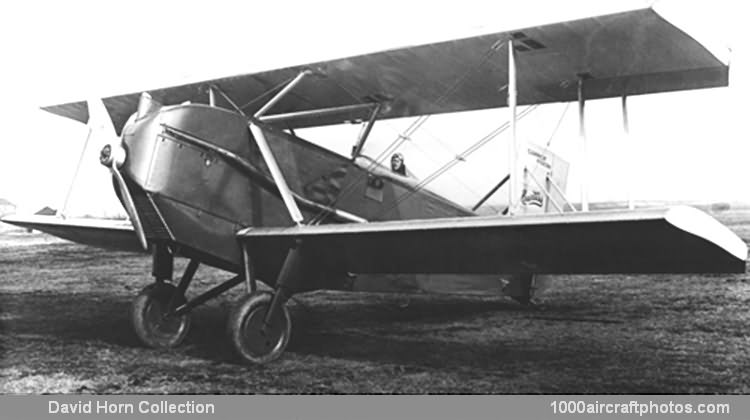Wings were wooden framed, with welded steel-tube fuselage and aluminum frame tail. The most unusual design feature was the interchangeability of upper and lower wings. With no center section and the lower wings separated by the fuselage, the lower wing had greater span. Ailerons, rudder, and elevators were also interchangeable as were the fin and tail plane. Airfoil was the thick USA-27.
No license numbers were assigned to the Carrier Pigeons when they were built, but the prototype (c/n K-5015-1) was given Post Office Fleet Number 602. This was registered C27 after sale to NAT, and those built for NAT were registered C28 to C37 when licensing was adopted in 1927. C30 was reregistered NR9344 and C35 became NR35Y."
